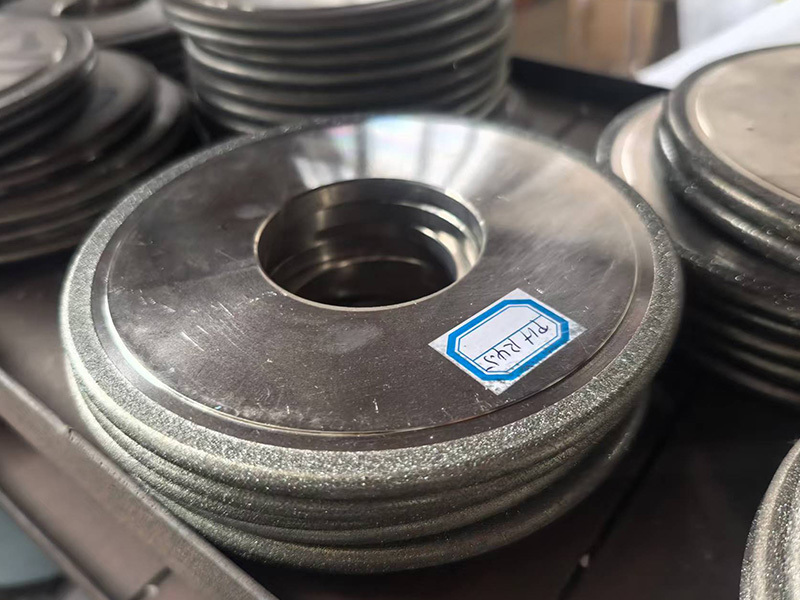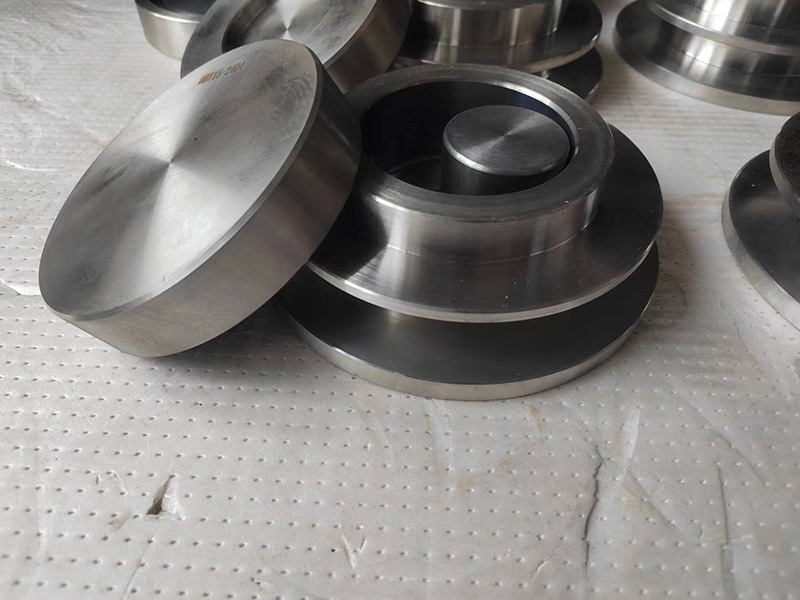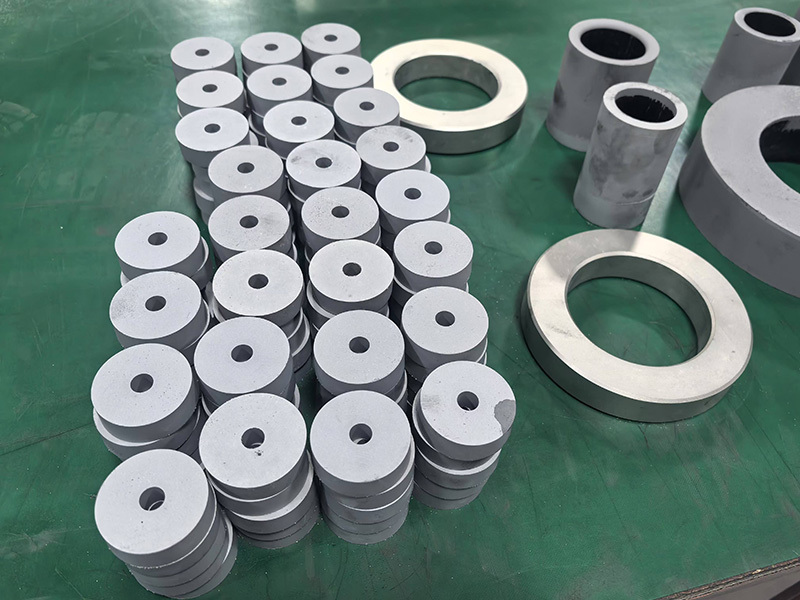Decoding the Extrusion Die: Your Go-To Guide for Common Questions!
What’s the Deal with Extrusion Dies?
When you think about manufacturing processes, you might picture massive machines churning out products in a swift, almost magical way. Well, the extrusion die is one of those unsung heroes in the world of manufacturing. But what exactly is it? Simply put, an extrusion die is a tool that shapes molten material into a continuous profile. But there's more to it than meets the eye!
The Basics: How Does an Extrusion Die Work?
So, how does this nifty device work? Picture this: a heated material, often thermoplastics or metals, is pushed through the die, which has a specific shape. This process transforms the raw material into a usable form, like pipes, sheets, or even intricate designs for automotive parts. The magic happens as the material cools and solidifies once it exits the die. Voila! Shaped goods ready for use.
Common Questions About Extrusion Dies
Now that we’ve set the stage, let’s dive into some of the common questions folks have about extrusion dies.
1. What Materials Can Be Extruded?
Great question! While plastics reign supreme in the extrusion world—think PVC, polyethylene, and polystyrene—metals like aluminum can also be extruded. Each material requires a specific type of die tailored to its properties. It's almost like a match made in manufacturing heaven!
2. What Are the Different Types of Extrusion Dies?
Oh boy, this can get a bit technical! There are mainly two types of extrusion dies: flat dies and cylindrical dies. Flat dies are typically used for sheets, while cylindrical dies are great for pipes and tubes. Each die type has its own set of pros and cons, depending on the application. It’s a bit like picking the right tool for the job!
3. How Do You Maintain an Extrusion Die?
Like any hardworking piece of equipment, extrusion dies need some TLC! Regular cleaning and inspection are key to keeping them in tip-top shape. Over time, wear and tear can occur, so it’s crucial to replace parts as needed. Think of it as giving your die a spa day!
4. What Are Some Common Problems?
Every process has its hiccups, and extrusion dies are no exception. Common issues include die swell, where the extruded material expands after leaving the die, and flow problems, which can result in uneven thickness. Knowing these potential pitfalls means you can troubleshoot like a pro!
5. What Innovations Are Happening in Extrusion Die Technology?
The world of extrusion is always evolving, and tech advancements are shaking things up! From 3D printing integration to improved cooling techniques, manufacturers are always on the lookout for ways to enhance efficiency and reduce waste. Talk about staying ahead of the curve!
Wrapping It Up: The Future Looks Bright!
As you can see, the extrusion die is a crucial component in manufacturing, and understanding its ins and outs can help you navigate the often complex world of production. Whether you’re a seasoned pro or a curious newbie, knowing about extrusion dies will keep you one step ahead. So, next time you come across an extrusion die, remember all the hard work that goes into shaping those everyday products!
And there you have it, folks! From materials to maintenance, we’ve covered the bases. If you have any other burning questions, feel free to drop them in the comments below!
Tags:
Related news










